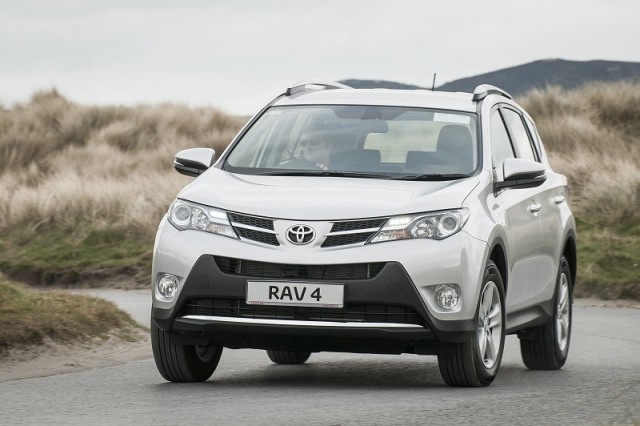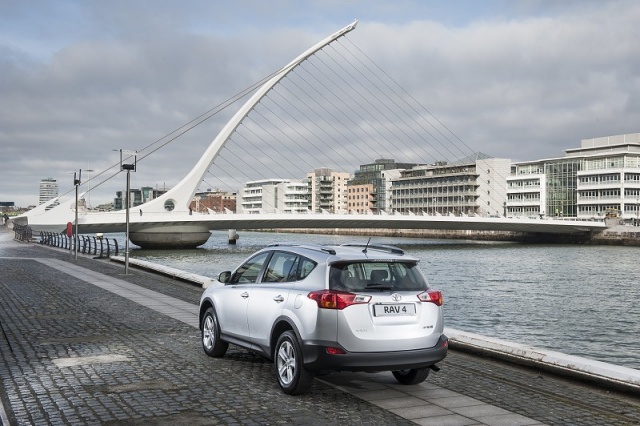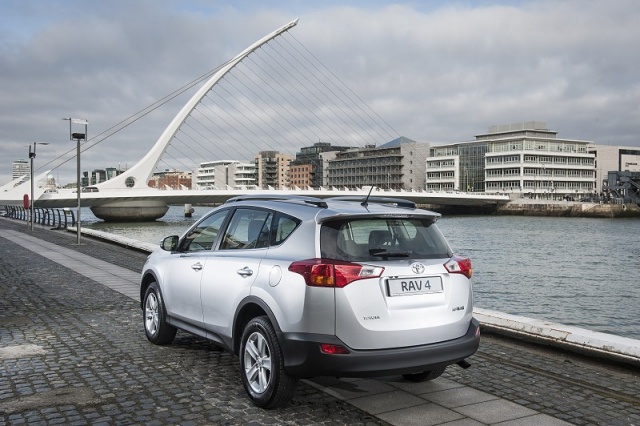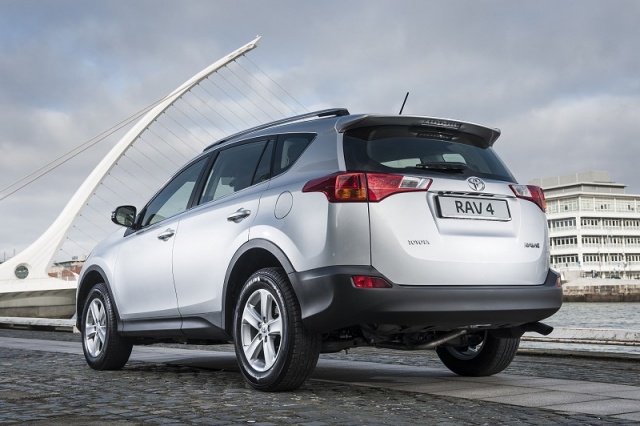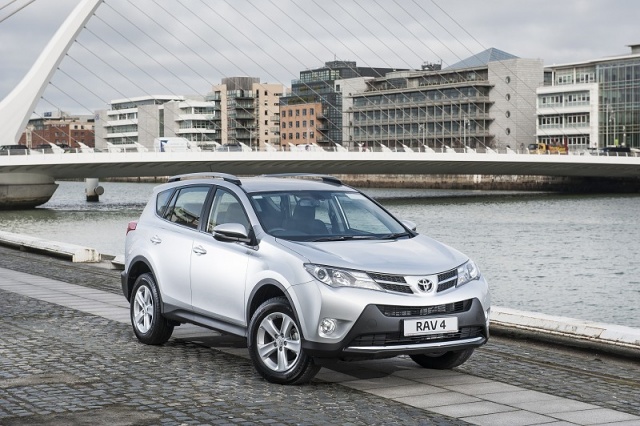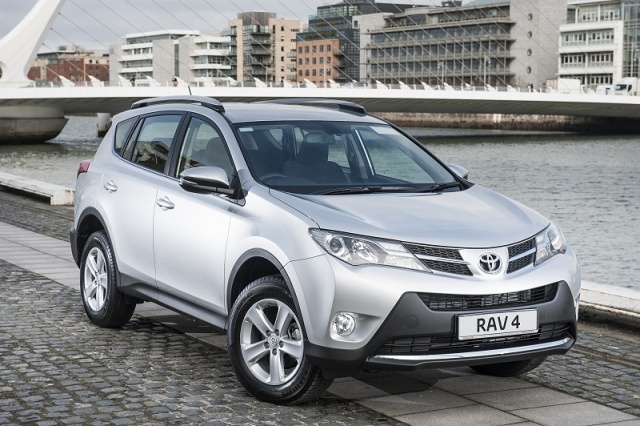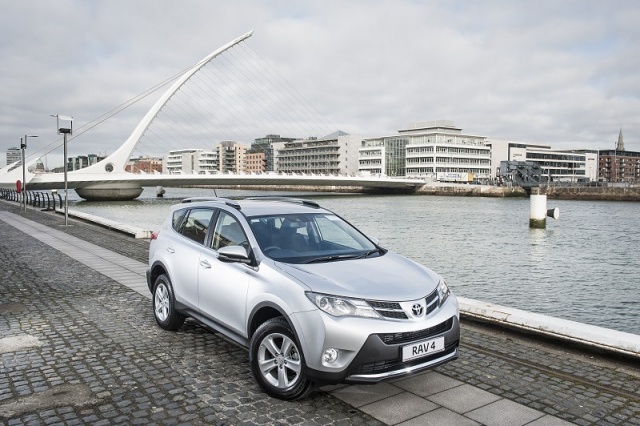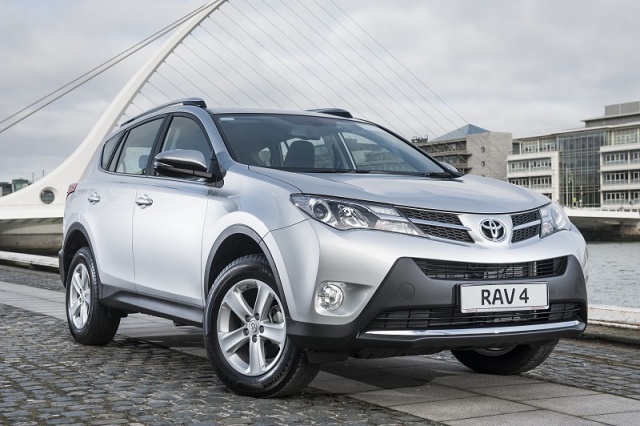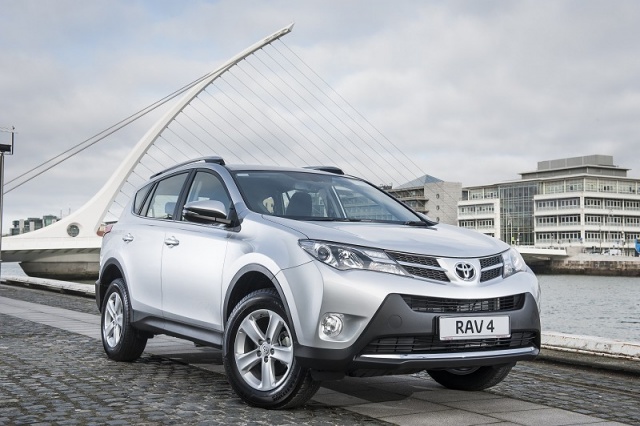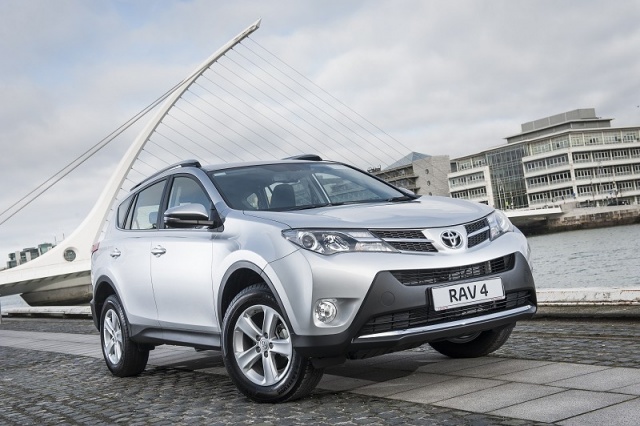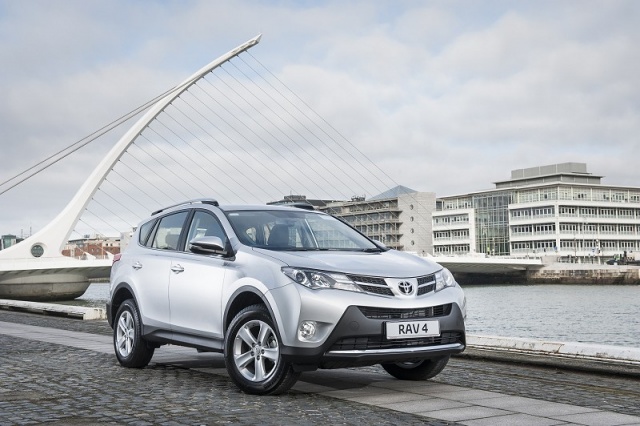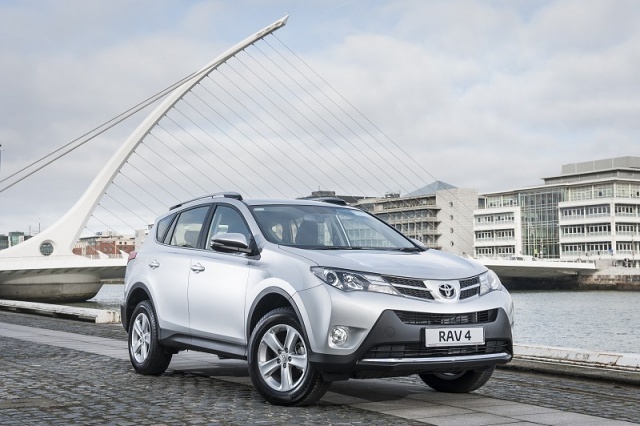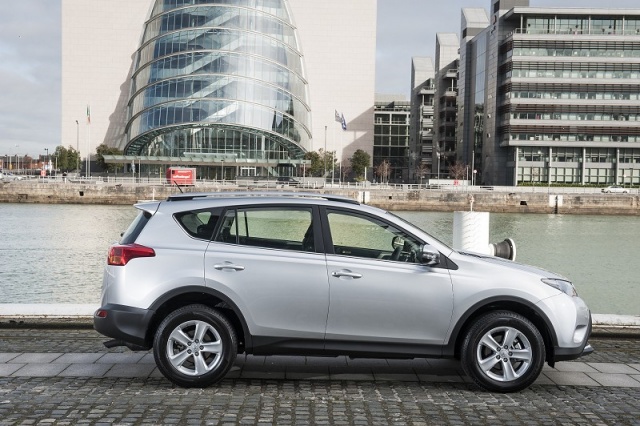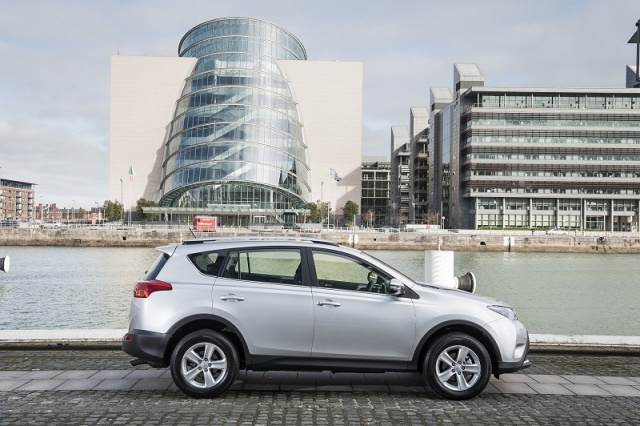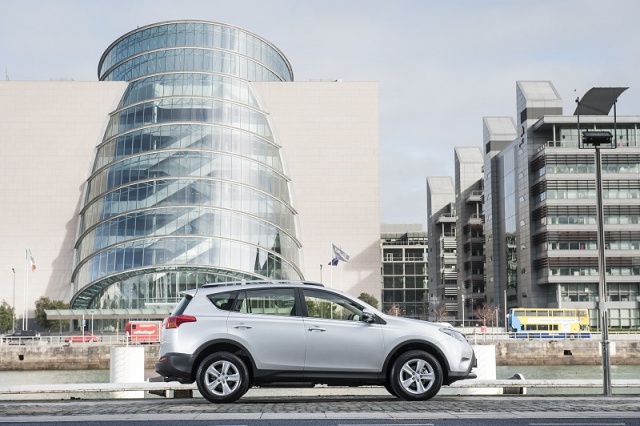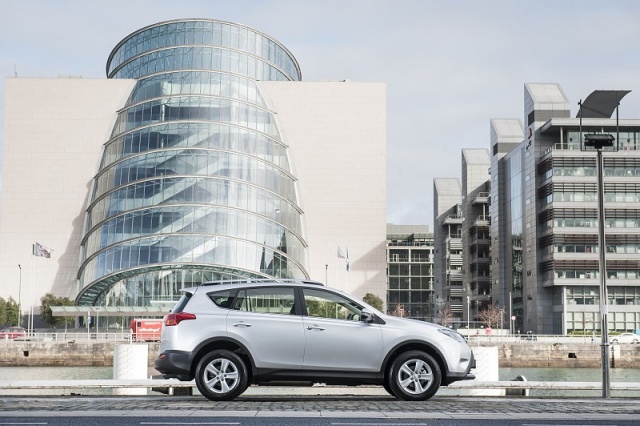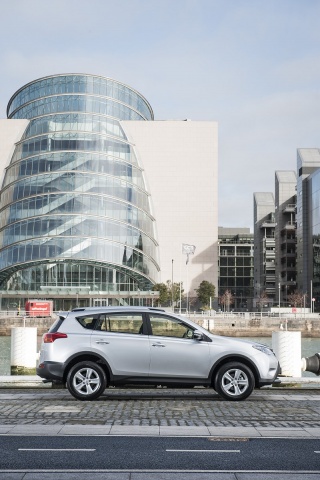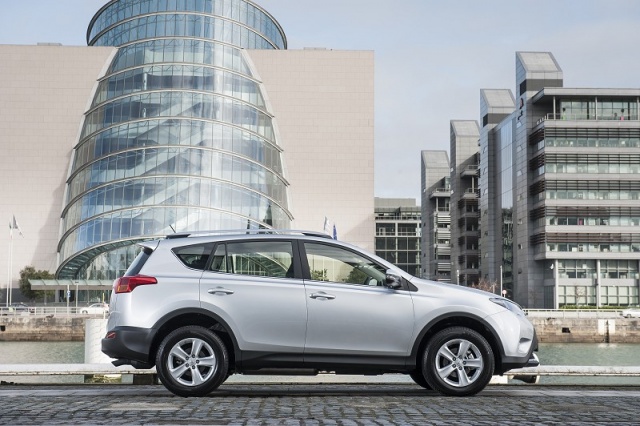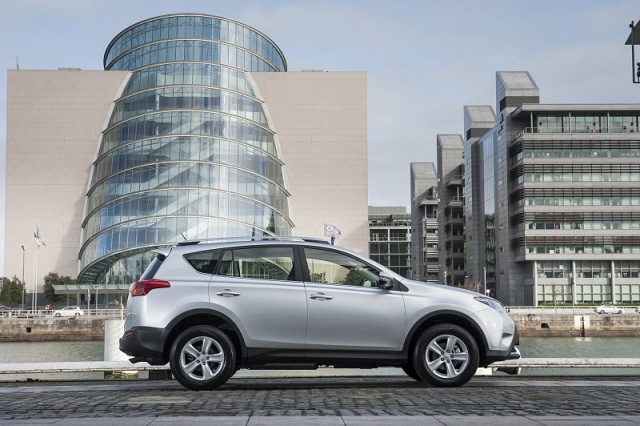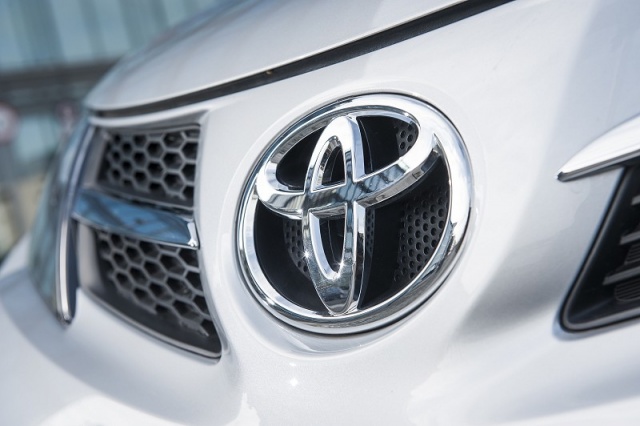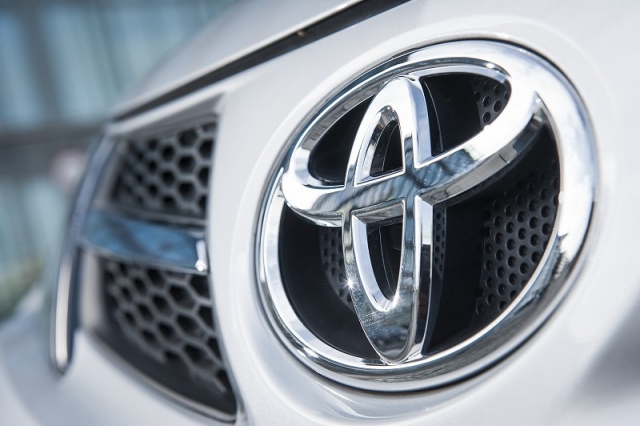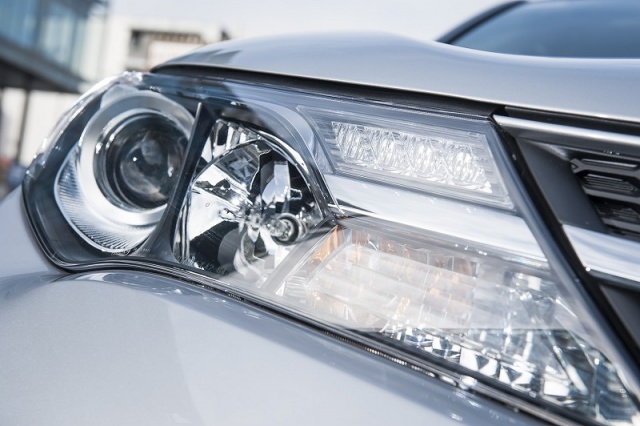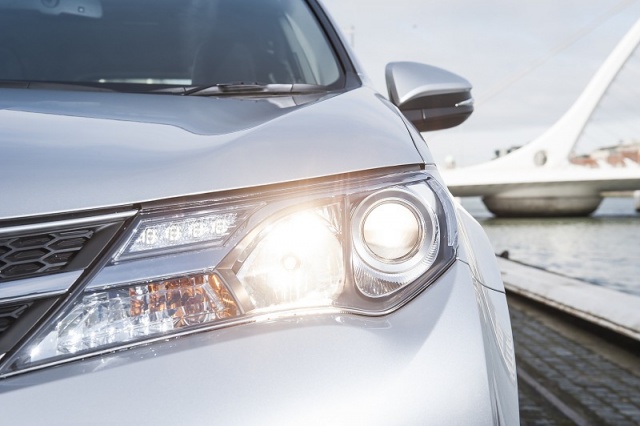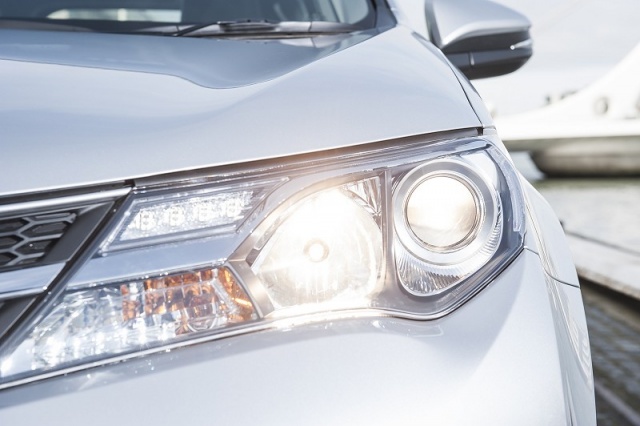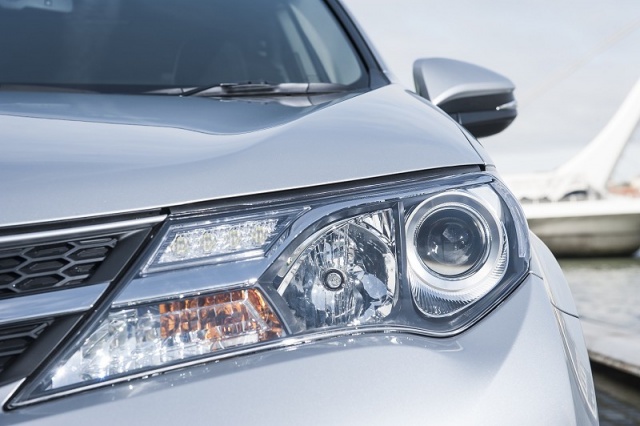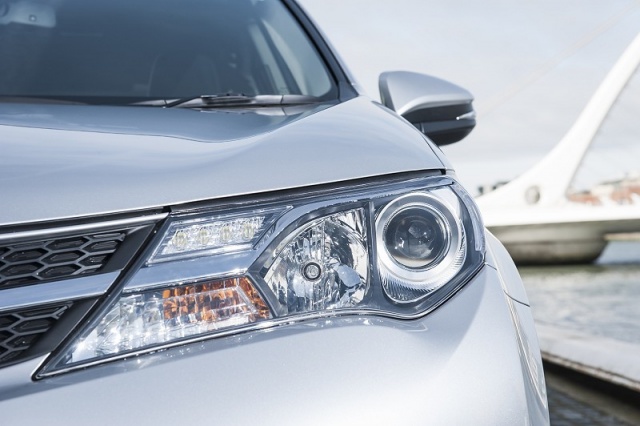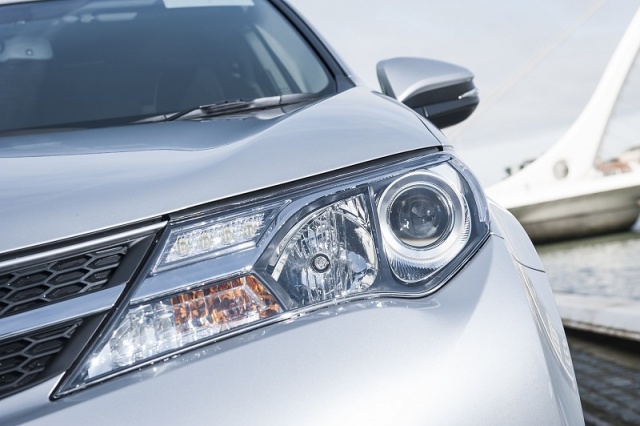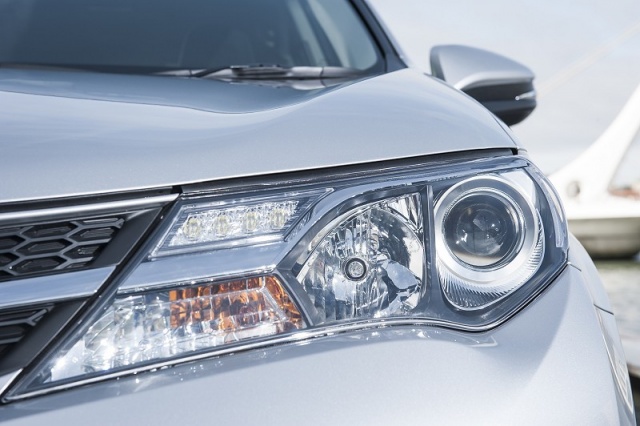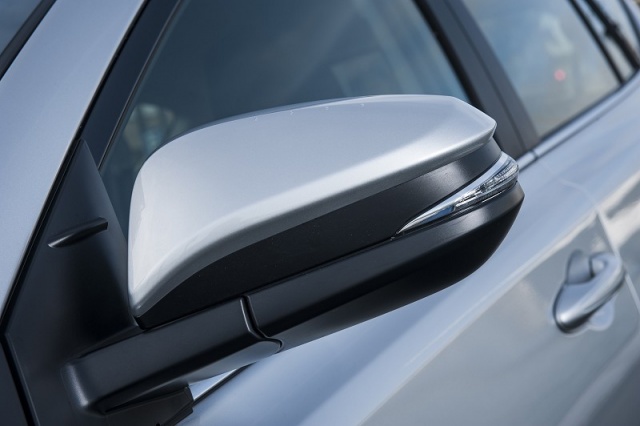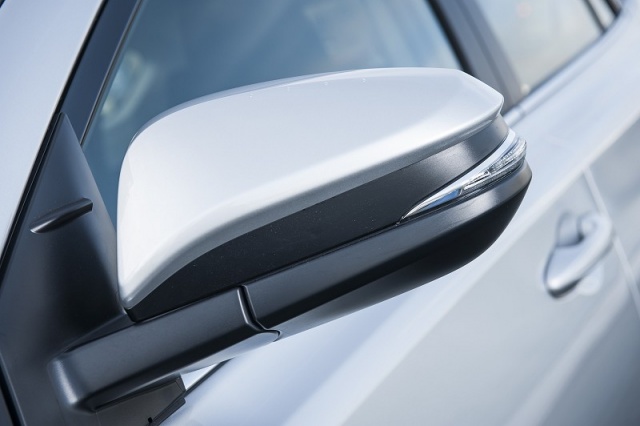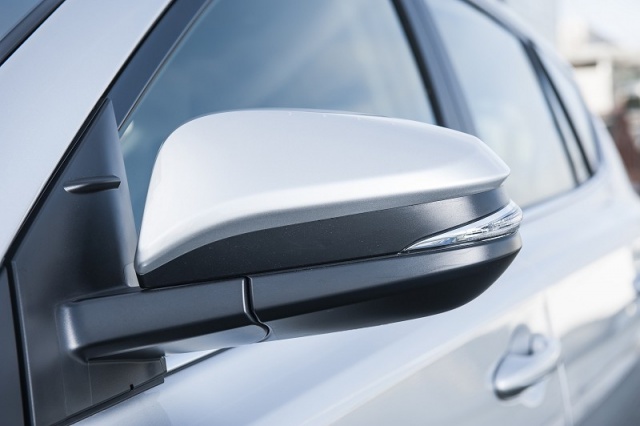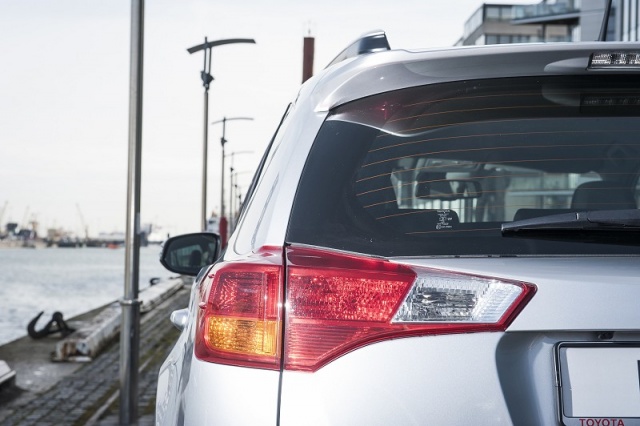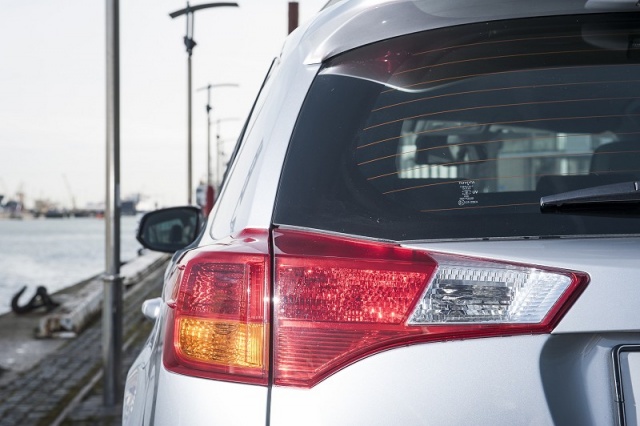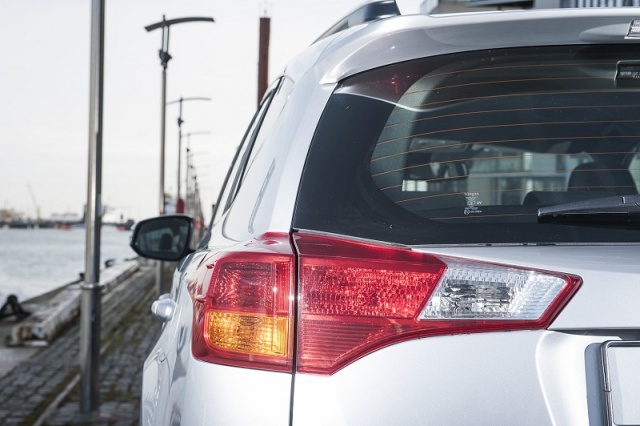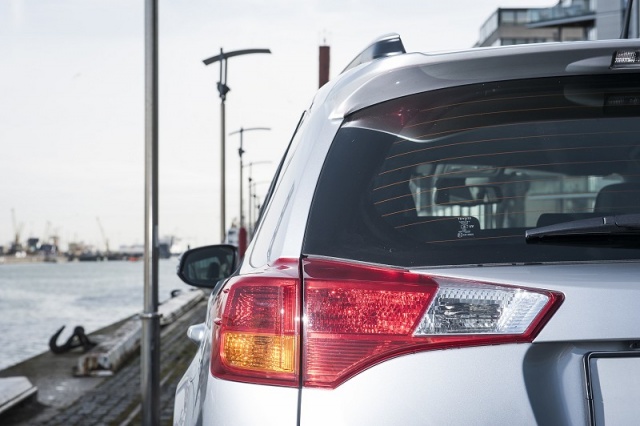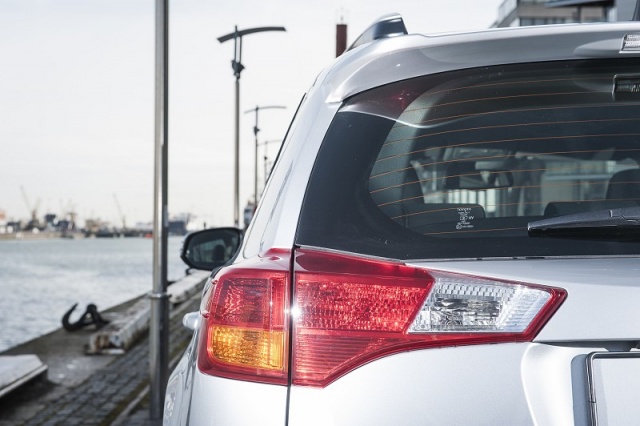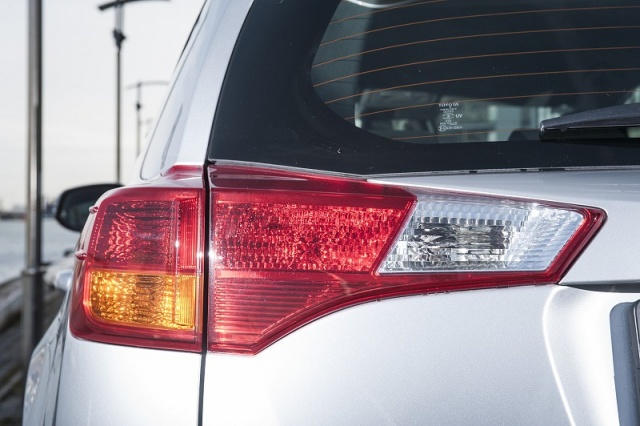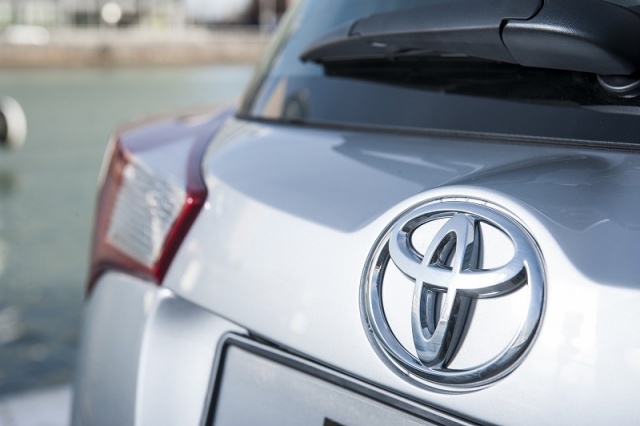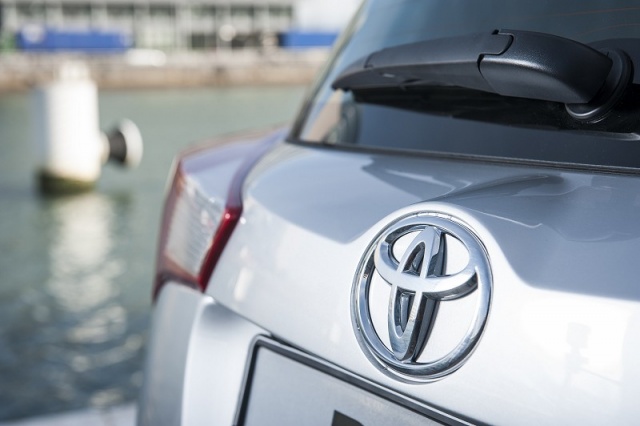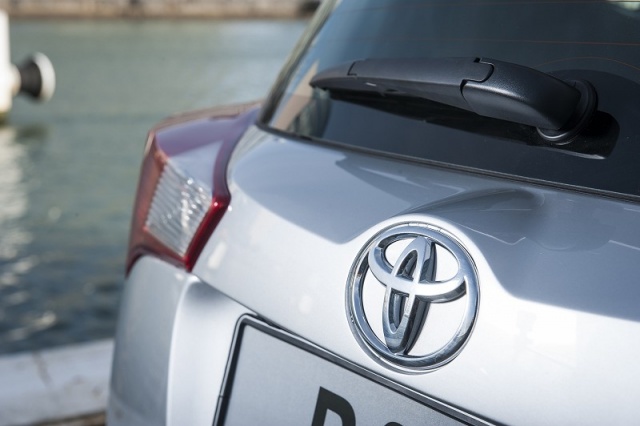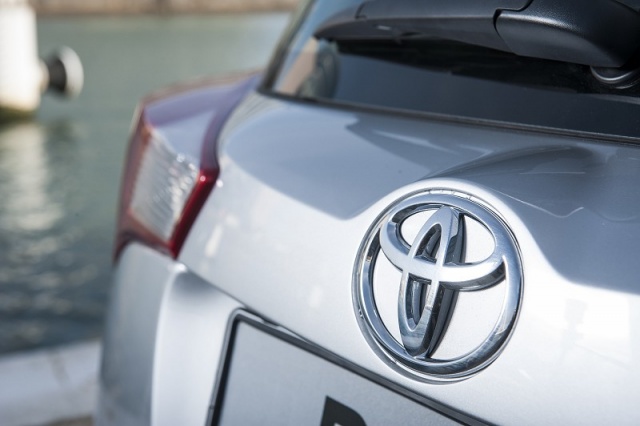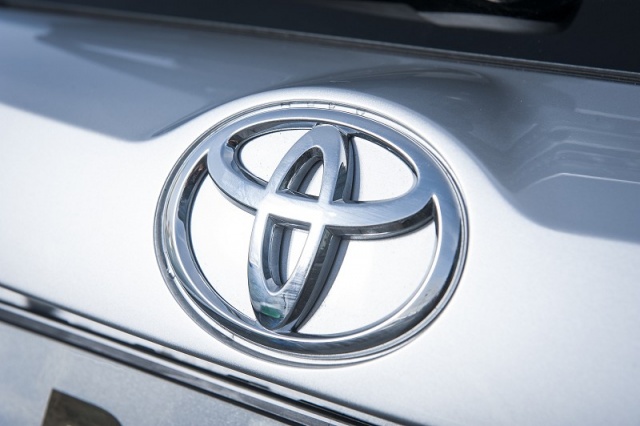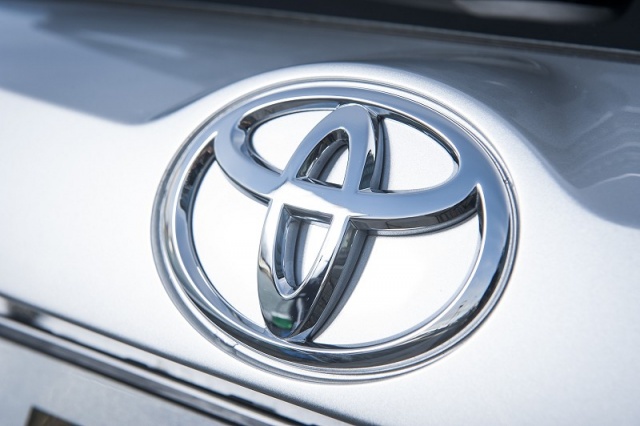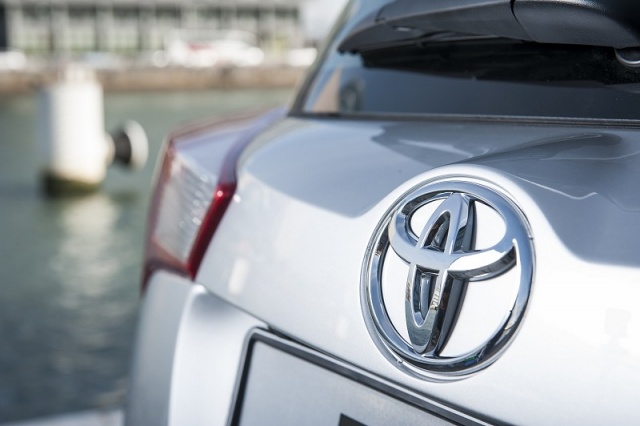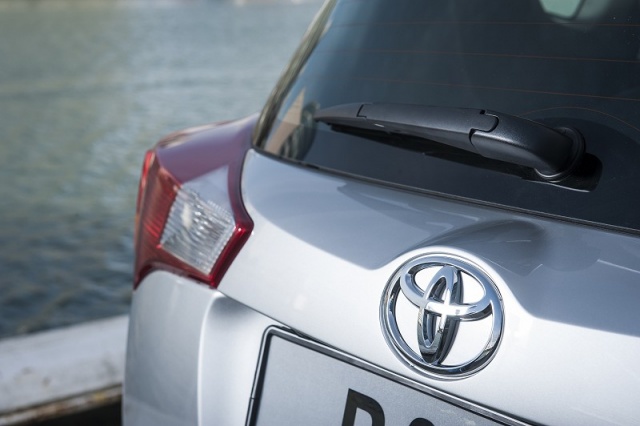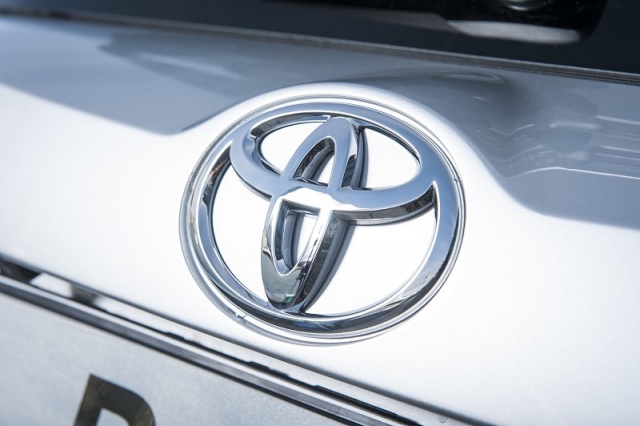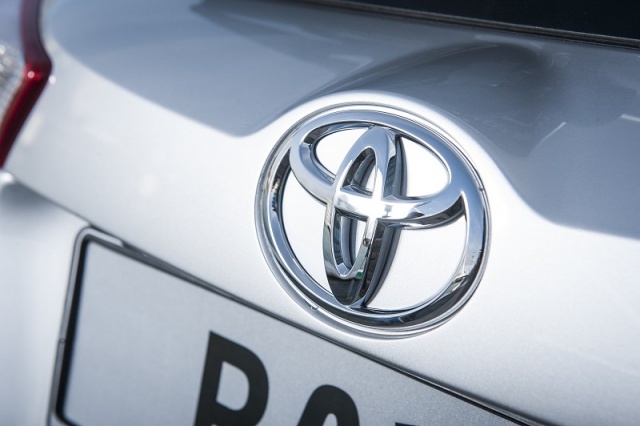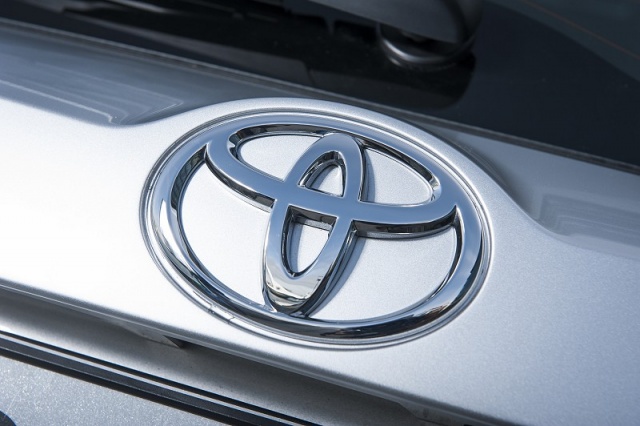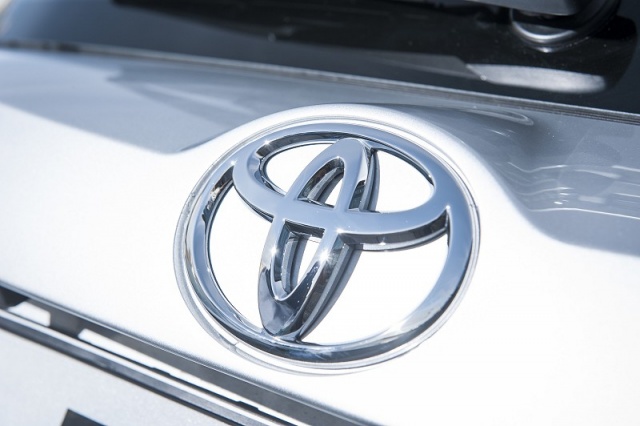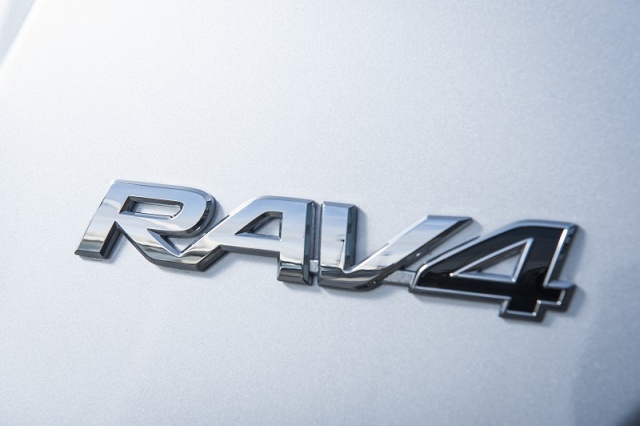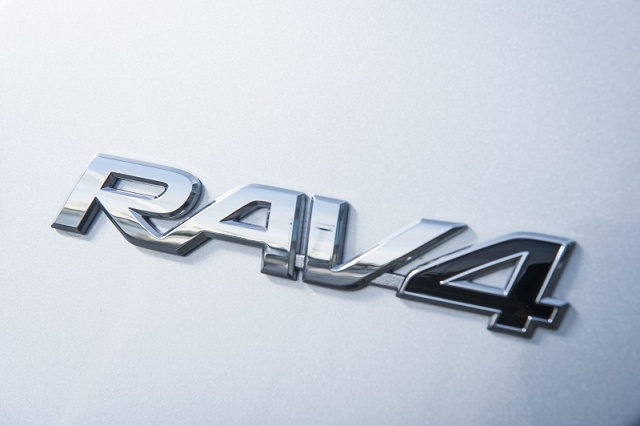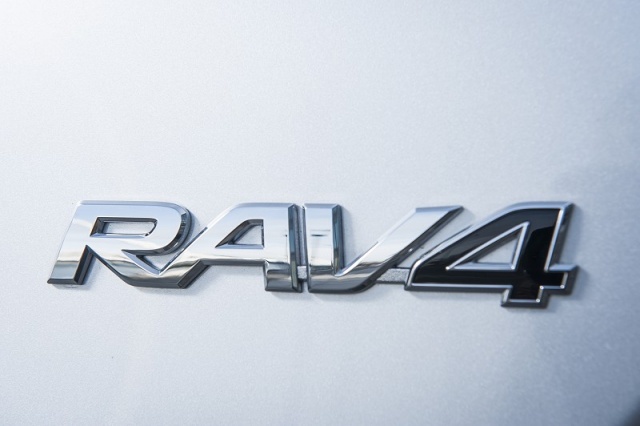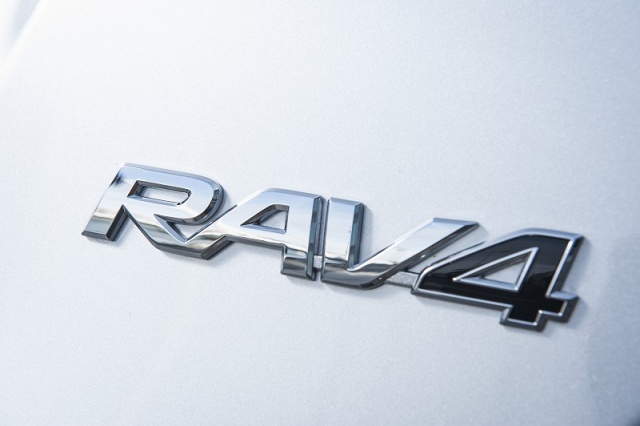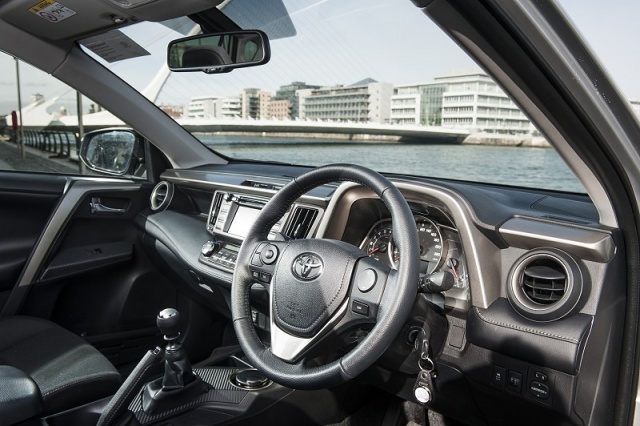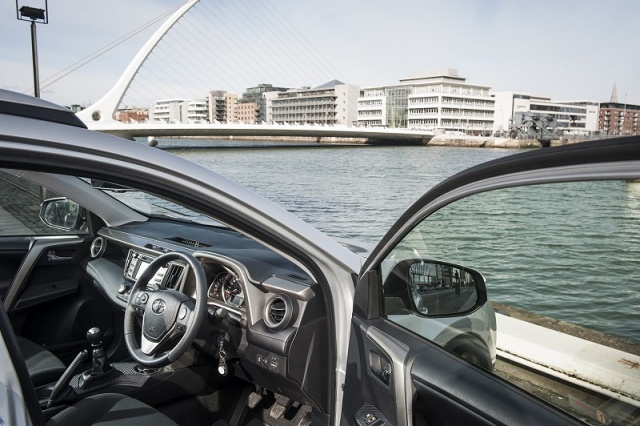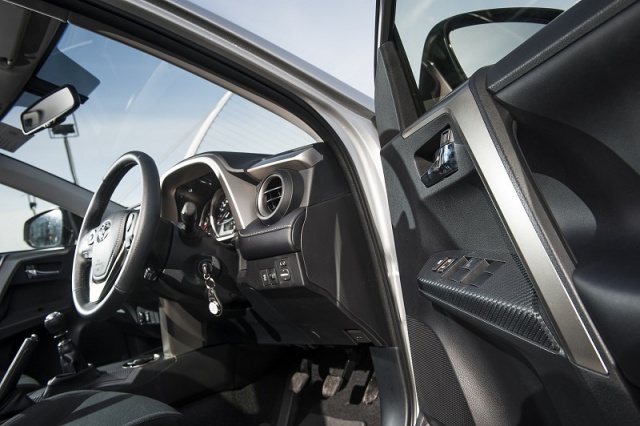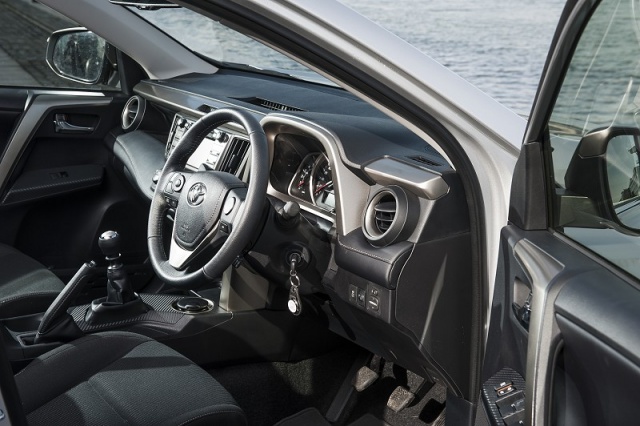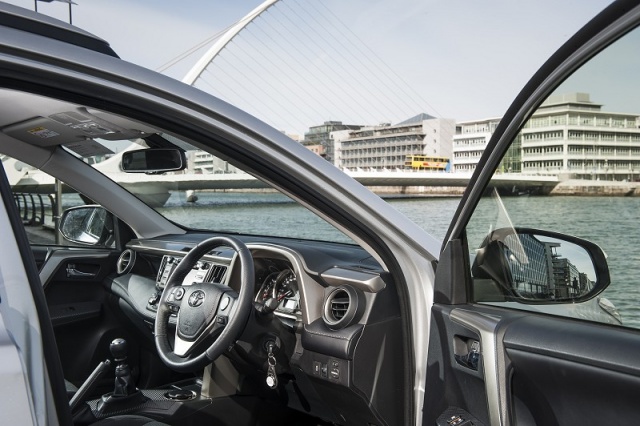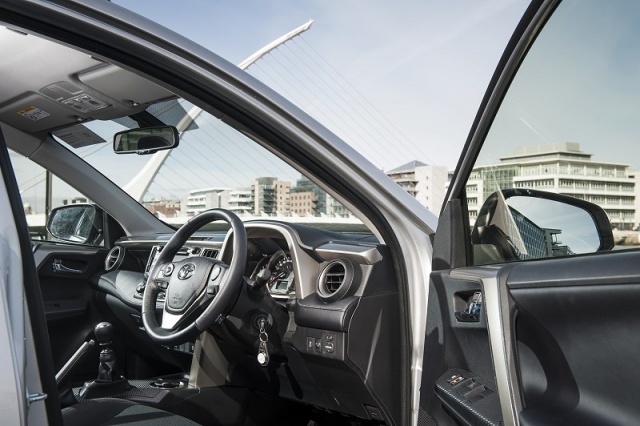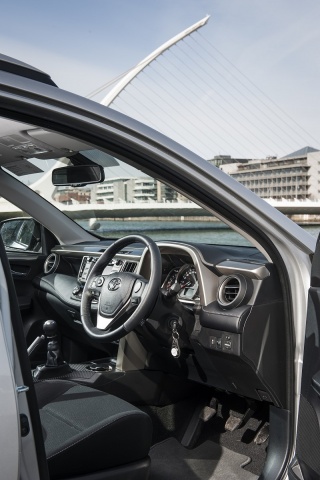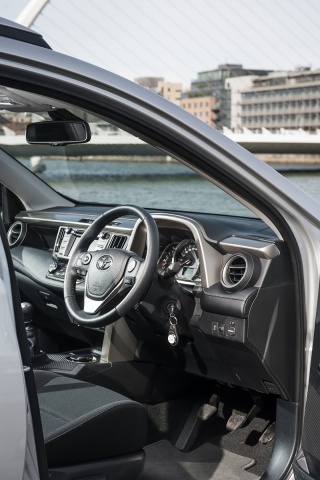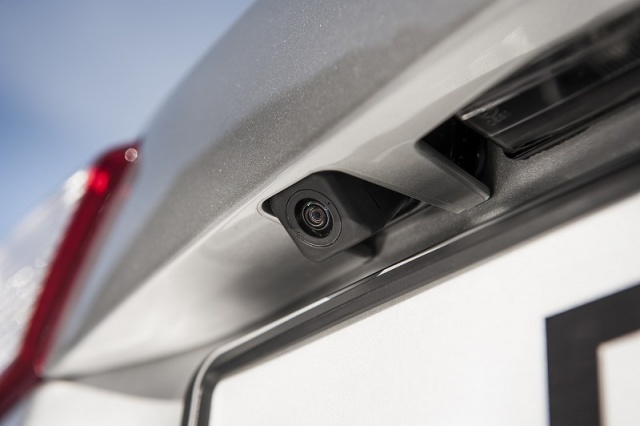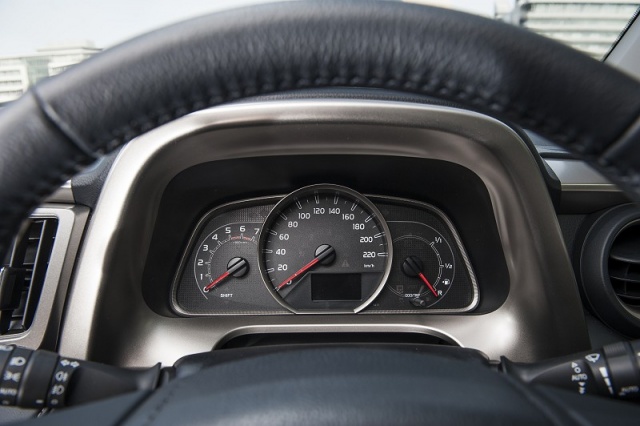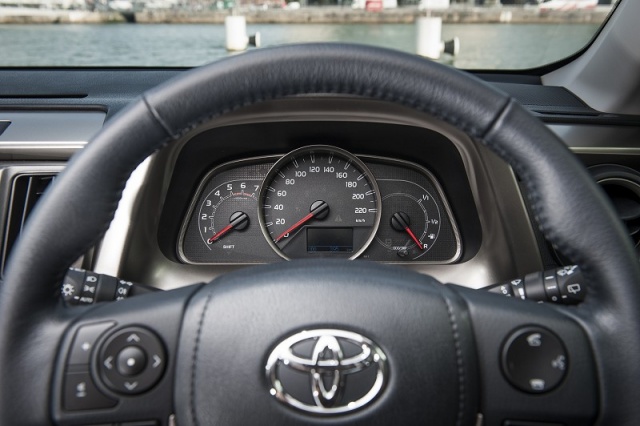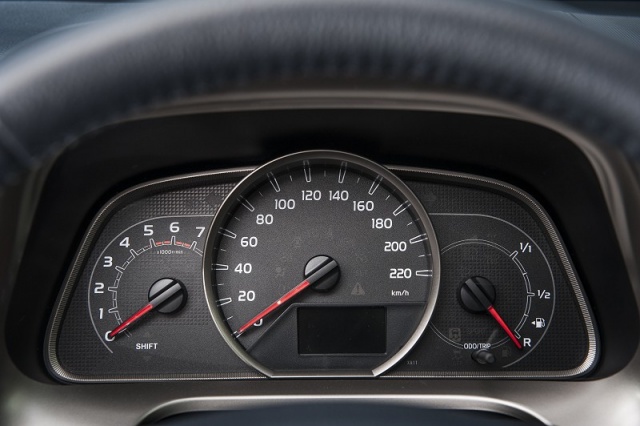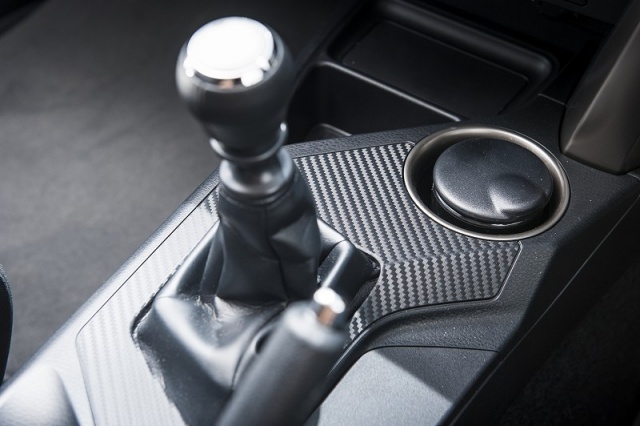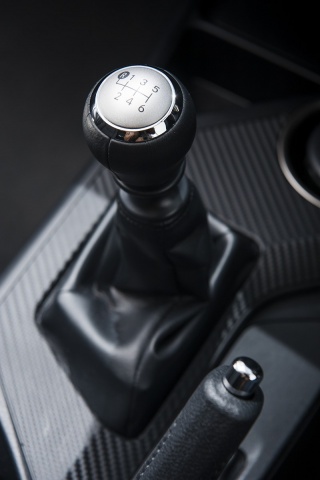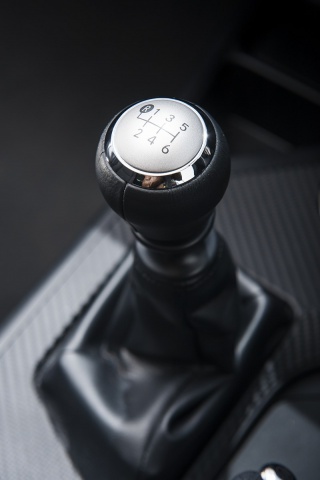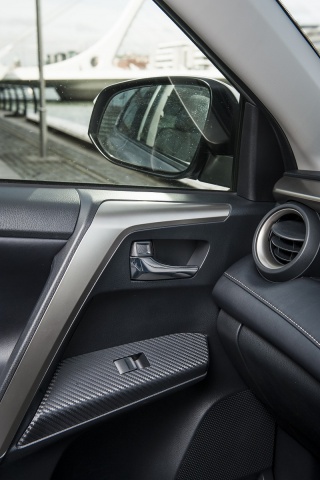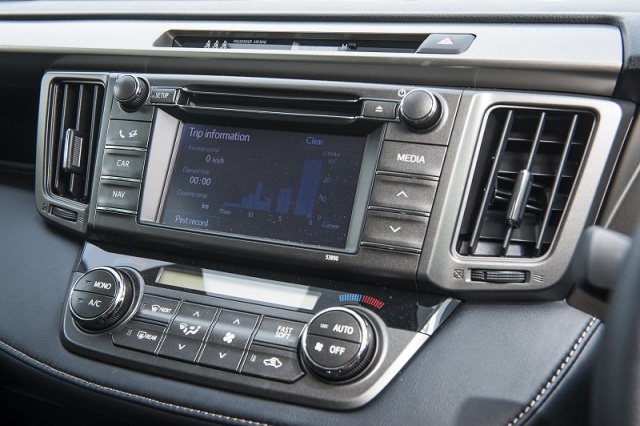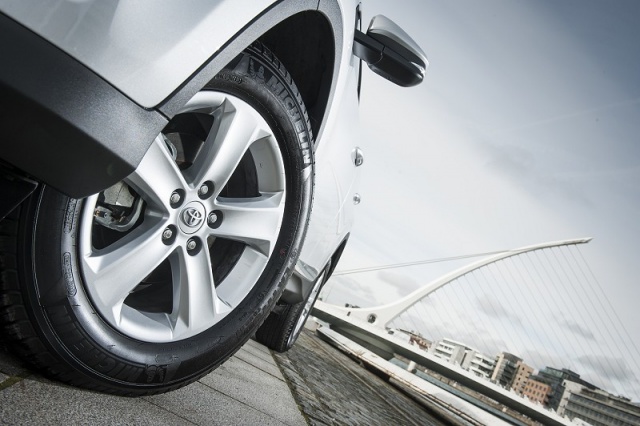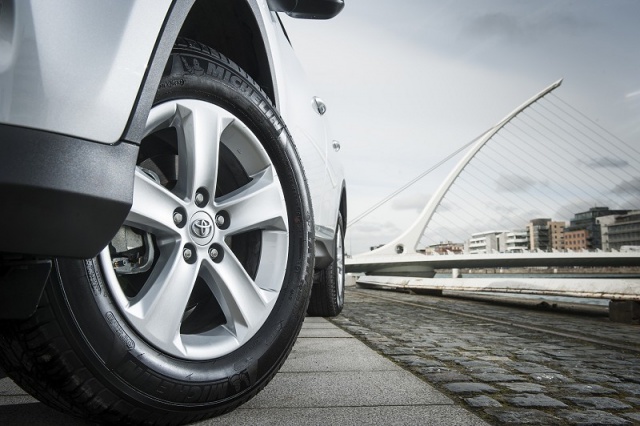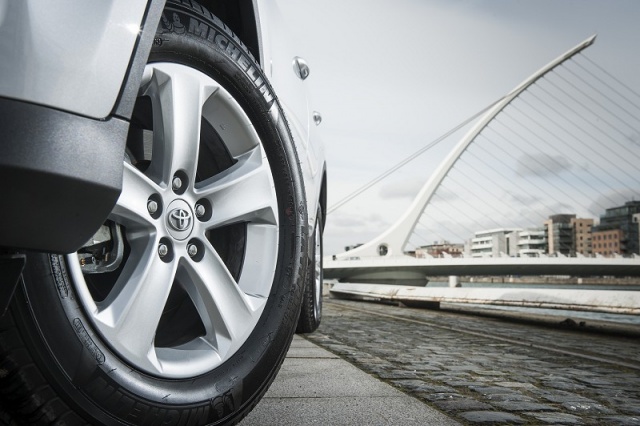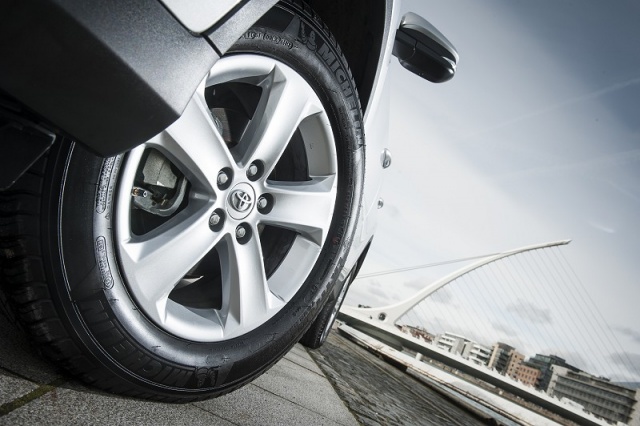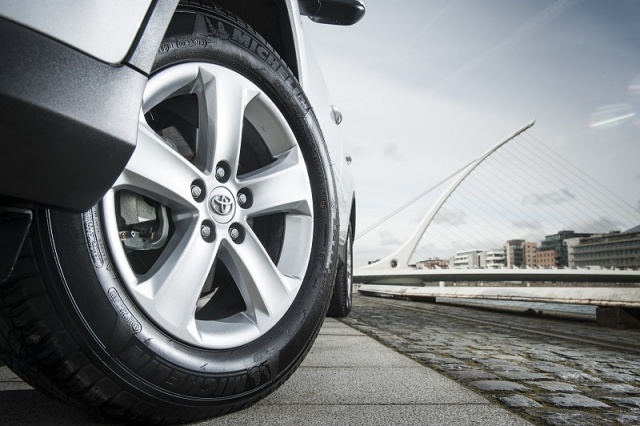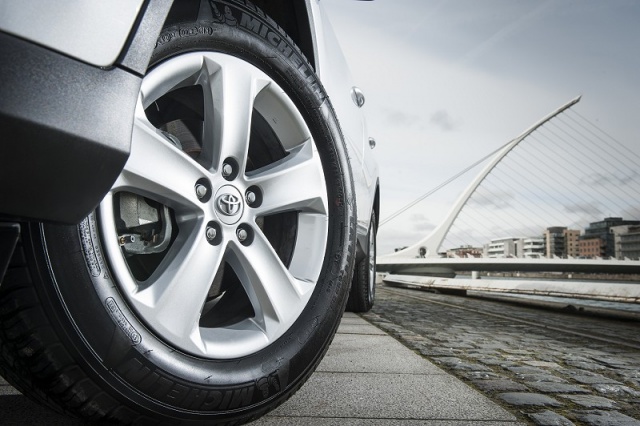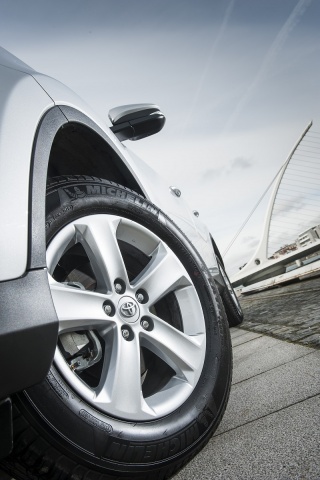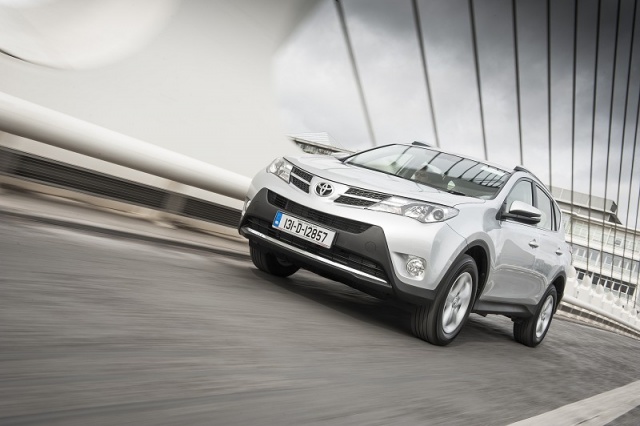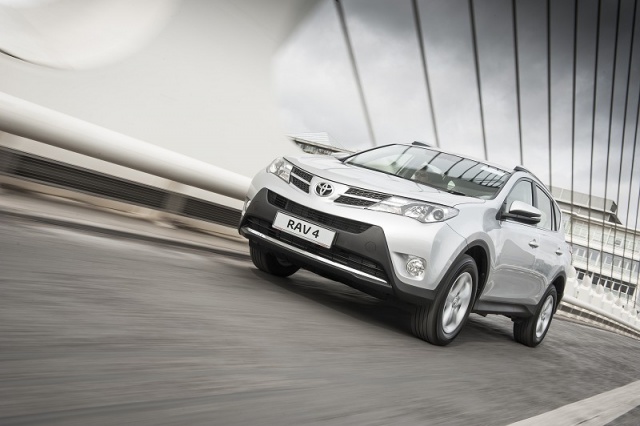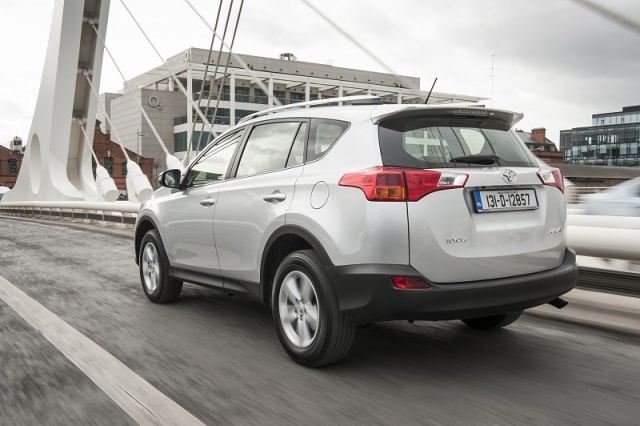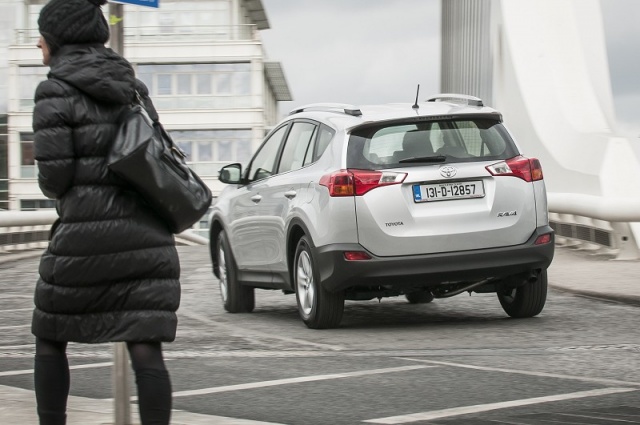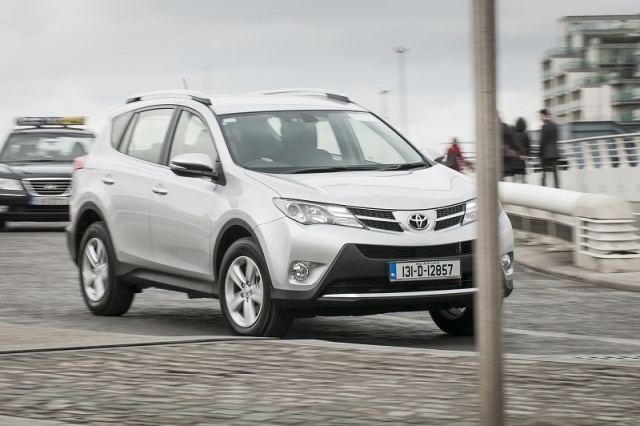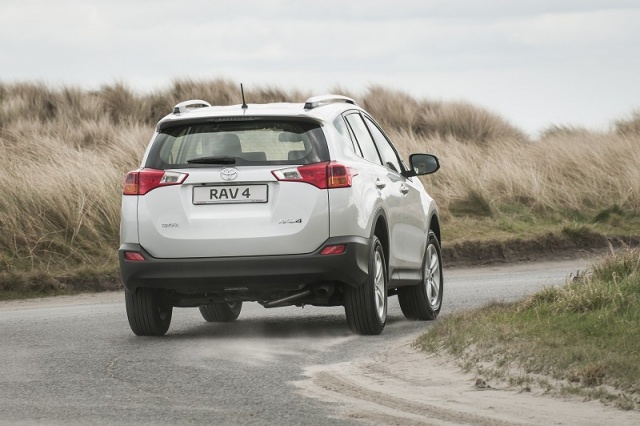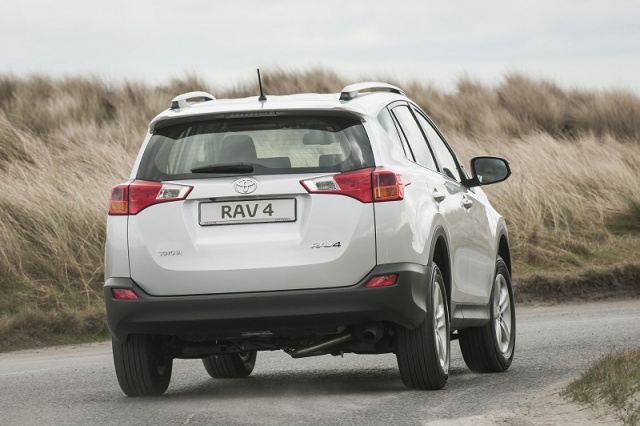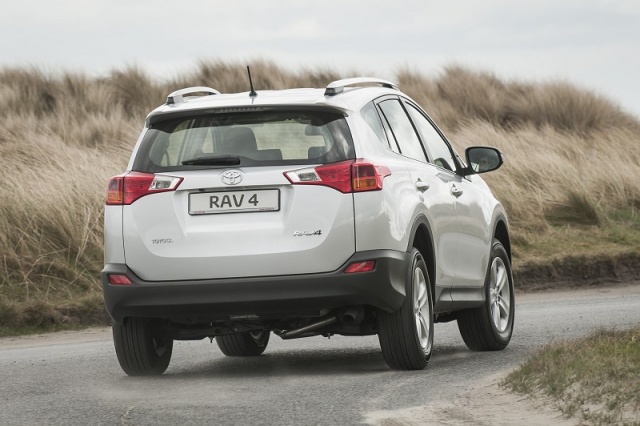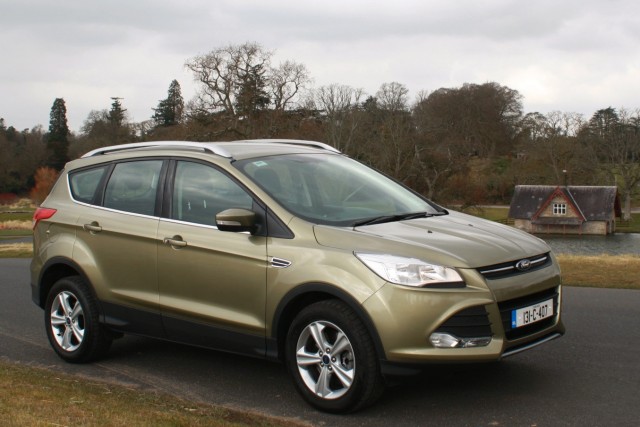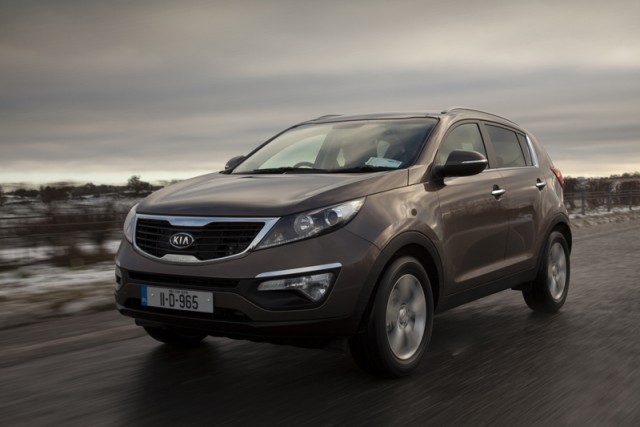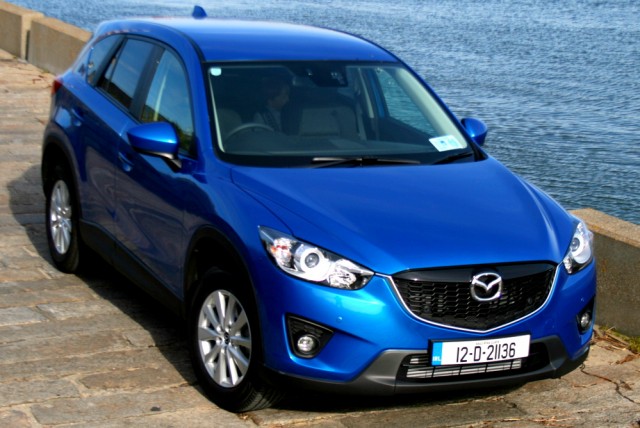Good: quality, space, comfort, refinement, price
Not so good: too much cheap cabin plastic, not as much fun as it once was
Fifty-five. Just 55. It seems almost impossible to credit it that, at the remove of almost a quarter century, the Toyota RAV4 sold just 55 units in its first full year of sales in Ireland. Since then, both the RAV and the compact SUV segment it created (not quite single-handedly) have gone on to some serious sales highs, and with this all-new model - the first for seven years - Toyota Ireland has set itself the ambitious target of selling 800 units this year. That would be a good performance in a healthy market, but is going to be seriously challenging this year. If any other brand were to attempt it, we'd say good luck to them and back away slowly, but one should never underestimate the power of the Toyota brand in this country.
One could have been forgiven for underestimating the performance of the old RAV4 though. Allowed to wither on the vine somewhat (Toyota normally replaces its passenger cars on a five-year cycle), by the time of its replacement, the outgoing RAV4 had become crude, noisy, a touch cheap in feel and, worst of all, it had utterly lost the sparkly dynamic feel that had been such a selling point of the 1994 original.
For this new model, Toyota went, in the grand tradition of such things, right back to the drawing board. Although its styling is clearly influenced by the new Auris hatchback, mechanically it owes much more to the Avensis saloon. And that means it's longer, lower and wider than the old RAV4, with vastly better cabin space and a big 547-litre boot. So, it's got the U of SUV down pat then, and the vast acreage of rear legroom will be a welcome sight to any prospective RAV4 purchasers who come to the dealership with growing children in tow.
But of the sportiness that so distinguished the original RAV4, there is precious little. That should make the new car a disappointment, but actually it is rather better than that. Rather a lot better.
Climb aboard and you are faced with a multi-layered fascia that can look a little hard and unwelcoming in this base Aura model. That said, the sense of space is some compensation and, as ever with Toyota, there's no doubting the quality. The seats are exceptionally comfortable and the driving position well thought out, so perhaps one shouldn't be complaining about a bit of hard plastic here and there.
The 2.0-litre 124hp engine is smooth and reasonably refined. At a cruise on the motorway it's hushed and relaxed, although ask it to perform with vim and it does get a bit loud and breathless as you approach its 4,500rpm redline. Better to work the six-speed manual gearbox (with its slightly vague shift quality) and surf the 310Nm torque wave.
It's then you'll notice what a refined and controllable thing the RAV4 is. Yes, like almost all SUVs, it will understeer when pushed, but the steering feels noticeably sharper than the norm, not just for the SUV class in general, but for Toyota in particular. It's closer to the GT86 end of the spectrum than the mute, distant helm of the Auris. That the RAV4 corners mostly flat and eagerly is welcome, but all of that is overlaid with a grown-up sense of decorum and refinement. This truly is an all-rounder of a car, and even the standard 2WD version has been engineered to cope with at least some mild off-roading. Thumb the traction control switch and you activate an electronic interpretation of a limited slip differential, which not only brakes a spinning wheel but actively diverts power to the wheel with grip. Why it couldn't be made a fully automatic system (RAV4 buyers are not known for their off-roading prowess after all) was a question that was left hanging...
It's usefully cheaper than the outgoing model too. By replacing the 2.2-litre diesel engine (which continues to be available in range-topping 4WD models) the new 2.0-litre unit's 125g/km CO2 emissions figure has helped to drop the price of the entry-level RAV4 by a staggering €5,000 - to €27,995. And it's well equipped even at that level, with standard Bluetooth, 17-inch alloys, LED lights, seven airbags, air conditioning and a tyre pressure warning system. That's a price that dramatically undercuts the likes of Ford's new Kuga and puts the RAV4 into competition with the Hyundai ix35, Kia Sportage and even ritzier versions of the Nissan Qashqai. Fine cars all, but they can't match the Toyota for cabin space. Teasingly, Toyota Ireland is saying that price won't be around for ever, without caring to add exactly how long it is expected to last for. A bit of cynical sales-drumming-up? Doubtless, but hey, if you're in a position to buy at that price, you're bagging a bargain.
While it's something of a shame that the original RAV4's styling and sense of fun have been lost, the fact that this new model brings with it new-found refinement, space and practicality is definitely to be welcomed. At that entry price it will give the Korean twins a shock and it's talented (and roomy) enough to potentially steal sales from the class above. Toyota Ireland has, unsurprisingly, made its relationship with Olympic heroine Katie Taylor the centrepiece of its RAV4 advertising campaign. Would it be too cheeky then to describe the new RAV4 as something of a knockout? Yes, you're right. It would. Still...

